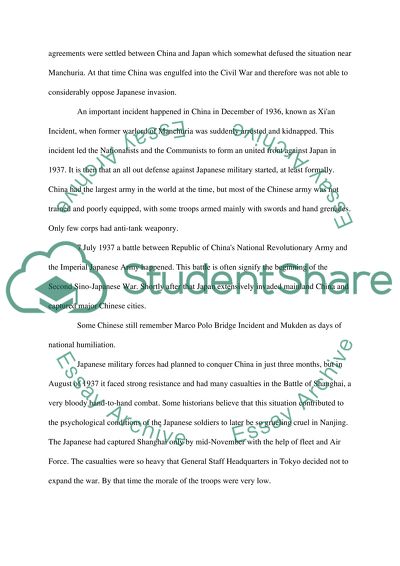Cite this document
(“Nanjing Massacre Term Paper Example | Topics and Well Written Essays - 1250 words”, n.d.)
Retrieved from https://studentshare.org/environmental-studies/1416145-nanjing-massacre
Retrieved from https://studentshare.org/environmental-studies/1416145-nanjing-massacre
(Nanjing Massacre Term Paper Example | Topics and Well Written Essays - 1250 Words)
https://studentshare.org/environmental-studies/1416145-nanjing-massacre.
https://studentshare.org/environmental-studies/1416145-nanjing-massacre.
“Nanjing Massacre Term Paper Example | Topics and Well Written Essays - 1250 Words”, n.d. https://studentshare.org/environmental-studies/1416145-nanjing-massacre.


